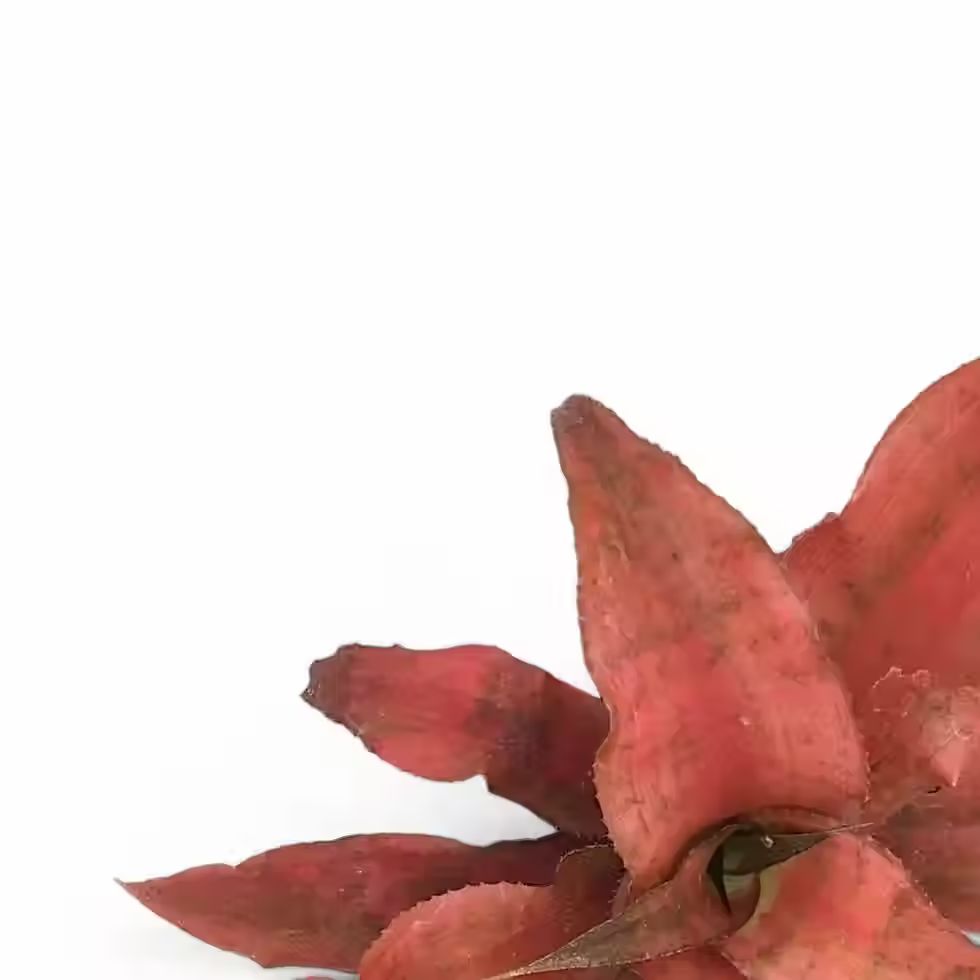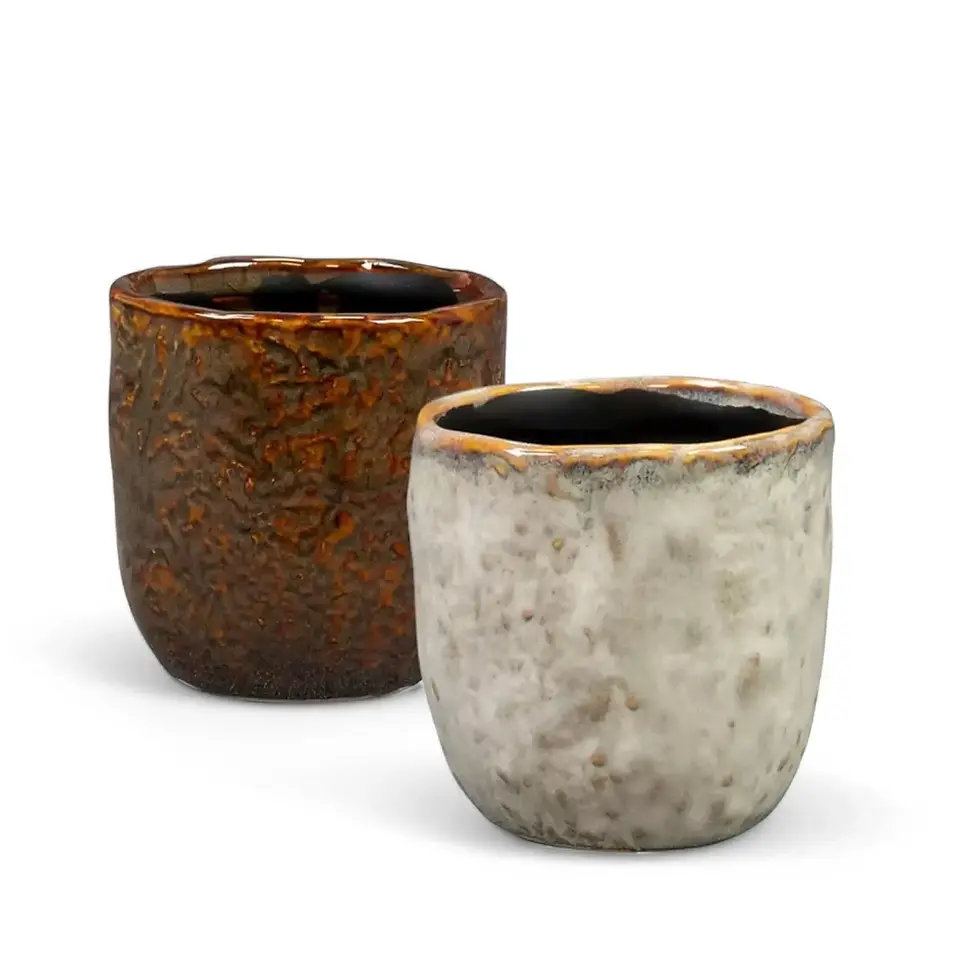Didymochlaena truncatula - Complete Care Guide and Growing Tips
With its finely divided, glossy green fronds, Didymochlaena truncatula, commonly known as the Mahogany Fern, brings a lush, tropical charm to any indoor space. Its name comes from the warm, reddish-brown hues of its young fronds, which mature into deep green. The arching, symmetrical fronds create a dense, cascading effect, making it a striking addition to a well-lit corner or a plant display with varied textures.
Unlike delicate ferns that require constant attention, this species is relatively resilient, thriving in consistently moist conditions. The unique coloration of new growth adds an evolving visual element, ensuring that this fern remains an eye-catching feature year-round.
Why Choose Didymochlaena truncatula?
- Elegant, Arching Fronds: Reaches up to 1 meter in length, forming a lush canopy.
- Unique Coloration: New fronds emerge with a mahogany tint before turning green.
- Compact and Upright Growth: Ideal for decorative planters, adding texture to indoor spaces.
- Moderate Growth Rate: Thrives in warm, humid conditions with steady development.
- Non-Toxic: Safe for pets and humans.
Natural Habitat and Growth Information
- Native Habitat: Found in the humid forests of Central and South America, the Caribbean, and the Andes.
- Altitude Range: Grows at elevations between 50-2,350 meters.
- Indoor Growth: Reaches up to 80 cm with proper care.
- Seasonal Growth Cycle: Produces vigorous new growth in warm, humid conditions.
How to Care for Didymochlaena truncatula
→ Light Requirements
- Prefers bright, indirect light but can tolerate lower light conditions.
- Avoid direct sun, which can scorch fronds.
- Morning or late afternoon sunlight for a few hours is acceptable.
→ Watering
- Keep soil evenly moist but not soggy—never allow it to dry out completely.
- Use filtered or dechlorinated water to prevent browning tips.
→ Humidity and Temperature
- Requires humidity above 60%—low humidity can cause frond tips to brown.
- Thrives between 18-25°C, avoiding cold drafts and sudden temperature changes.
→ Soil and Pot Choice
- Use a rich, well-draining mix with organic matter.
- A blend of peat moss, compost, perlite, and fine bark works best.
- Terracotta pots help prevent overwatering plastic retains more moisture.
- Repot every 2-3 years when roots fill the container.
→ Fertilizing
- Feed with a diluted, balanced liquid fertilizer every few weeks during active growth.
- Flush soil occasionally to prevent mineral buildup.
→ Propagation
- Best propagated via spores, though this is a slow process.
- Division is not effective as this fern does not form clumps.
→ Semi-Hydro Adaptation
- Can adapt to semi-hydroponics using LECA, provided moisture levels are carefully managed.
→ Pruning and Maintenance
- Trim yellowing or damaged fronds at the base to encourage fresh growth.
Common Issues and Solutions for Didymochlaena truncatula
→ Yellowing Fronds
- Often caused by overwatering or poor drainage.
- Ensure the potting mix is airy and well-draining.
→ Browning Frond Tips
- Usually due to low humidity or fluoride in tap water.
- Increase humidity and switch to filtered or dechlorinated water.
→ Pests
- Susceptible to spider mites, mealybugs, and scale insects.
- Keep humidity high to deter spider mites.
- Treat infestations with insecticidal soap , neem oil, or use beneficial insects.
→ Root Rot
- Caused by excess moisture—ensure good drainage.
- Avoid letting the plant sit in waterlogged soil.
→ Drooping or Wilting Fronds
- Usually a sign of underwatering or low humidity.
- Check soil moisture and adjust watering accordingly.
→ Fungal Issues
- Overly damp conditions can encourage botrytis (gray mold).
- Improve air circulation and avoid watering directly onto fronds.
Additional Considerations
- Stable Environment: Avoid frequent moving, as sudden changes can stress the plant.
- Hanging Planters: Works well in elevated pots to showcase its cascading fronds.
- Mimic Its Natural Habitat: Keep conditions warm, humid, and consistently moist.
Etymology and Botanical History
- Genus Name (Didymochlaena): Derived from Greek, meaning “twin cloak,” likely referring to the structure of its sori (spore-producing structures).
- Species Name (truncatula): From Latin, meaning “somewhat truncated,” possibly describing the shape of its pinnae.
- First Described: Initially named Aspidium truncatulum by Olof Swartz before being reclassified by John Smith in 1841.
Frequently Asked Questions about Didymochlaena truncatula
- Can Didymochlaena truncatula tolerate low light? Prefers bright, indirect light but can tolerate lower light with slower growth.
- How often should I water this fern? Water when the top layer of soil feels slightly dry—never let it dry out completely.
- Can this fern grow in a self-watering pot? Yes, self-watering pots work well if the soil remains well-aerated and the reservoir doesn’t stagnate.
Order Your Didymochlaena truncatula Today!
Enjoy the dynamic beauty of this mahogany-tinged fern in your home. Order now and bring a lush, tropical vibe to your space!
Didymochlaena truncatula
Didymochlaena truncatula comes in following sizes:
Baby Plant – comes in a ⌀ 6 cm pot and is approximately 10 cm tall
S – comes in a ⌀ 9 cm pot and is approximately 15 cm tall
M – comes in a ⌀ 12 cm pot and is approximately 25 cm tall
L – comes in a ⌀ 19 cm pot and is approximately 40 cm tall

























































